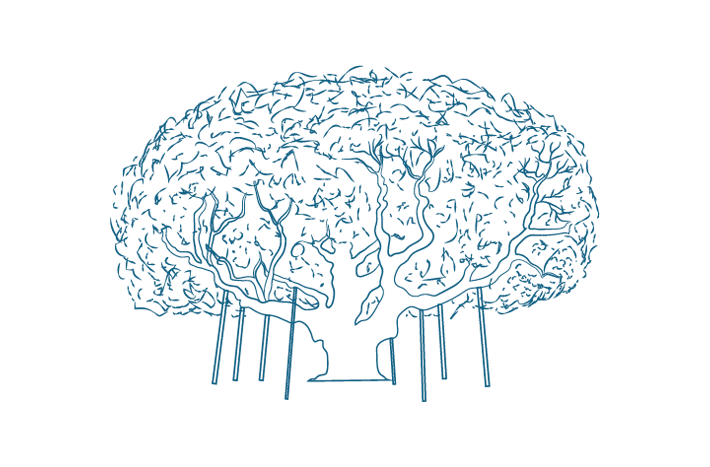What is a veteran tree?
A veteran tree can be:
1 – Trees that are of interest biologically, aesthetically or culturally because of their age
2 – Trees in the ancient stage of their lives. Trees reach maturity, then become “over-mature”, and finally, “veteran”
3 – Trees that are old relative to others of their species
What care do they need?
Veteran trees require a unique set of management strategies. There are a number of ways by which a veteran tree can be retained for as long as possible
Some management practices are:
• Retrenchment pruning – crown retrenchment is a natural process that a tree goes through during its senior years. Once a tree has reached its maximum crown size, the tree must retrench in order to survive. This can be bio-mimicked with retrenchment pruning
• Tree propping – this is where props are placed in order to take the weight off vulnerable limbs. This may or may not be in addition to careful pruning
• Tree Bracing – this is where selected limbs are strapped together in order to support each other, or where one limb or trunk supports another. This is something that cannot always be done in veteran trees if none of the limbs are very strong
• Haloing – this is where less important trees are cut down or pruned around the veteran tree so that it is allowed more light, nutrients and water
• Cordoning off – sometimes a tree is important, but not safe to be around. In this circumstance we would create a barrier, such as dead hedging, to stop people coming near. The added benefit here is a reduction in compaction, where continual walking on the ground makes the soil too dense for the roots to breathe
Veteranisation
Veteranisation is a technique whereby younger trees are “damaged” in a way which may speed up the development of the valuable habitats, found otherwise only on very old trees. In this way, we are speeding up the process of young trees becoming veteran. The idea is to mimic natural damage, but not killing the tree
Examples would be:
• Fracture pruning – this is where we mimic tears and fractures in a tree. We use a variety of methods including winching and cutting into using coronet cuts
• Habitat holes – we can cut holes that are suitable for different animals, such as bats and owls. The onset of rot will also encourage insects and invertebrates
Considerations
Each veteran tree will have different needs. These needs can be managed using common sense risk management and through a selection of the above processes


